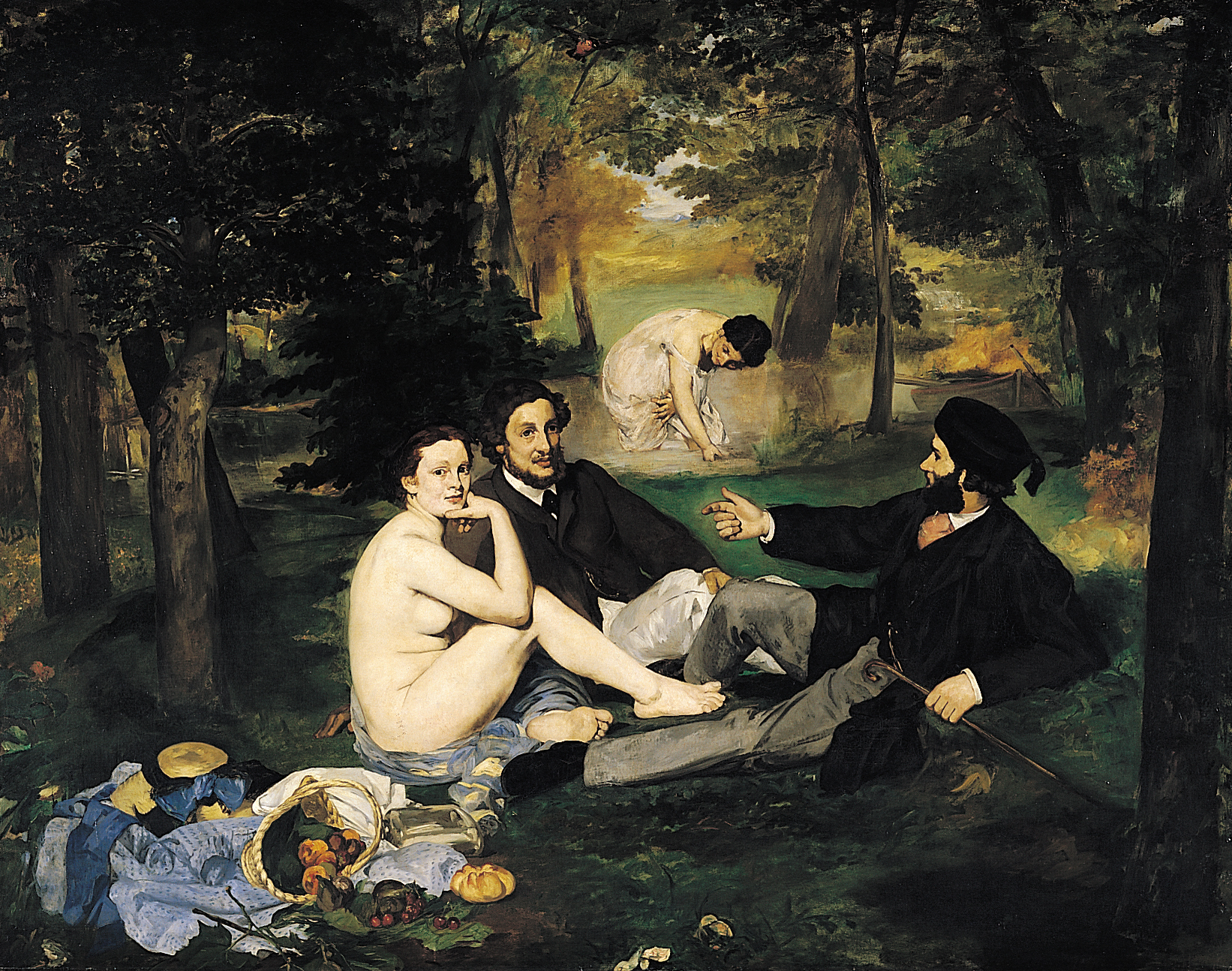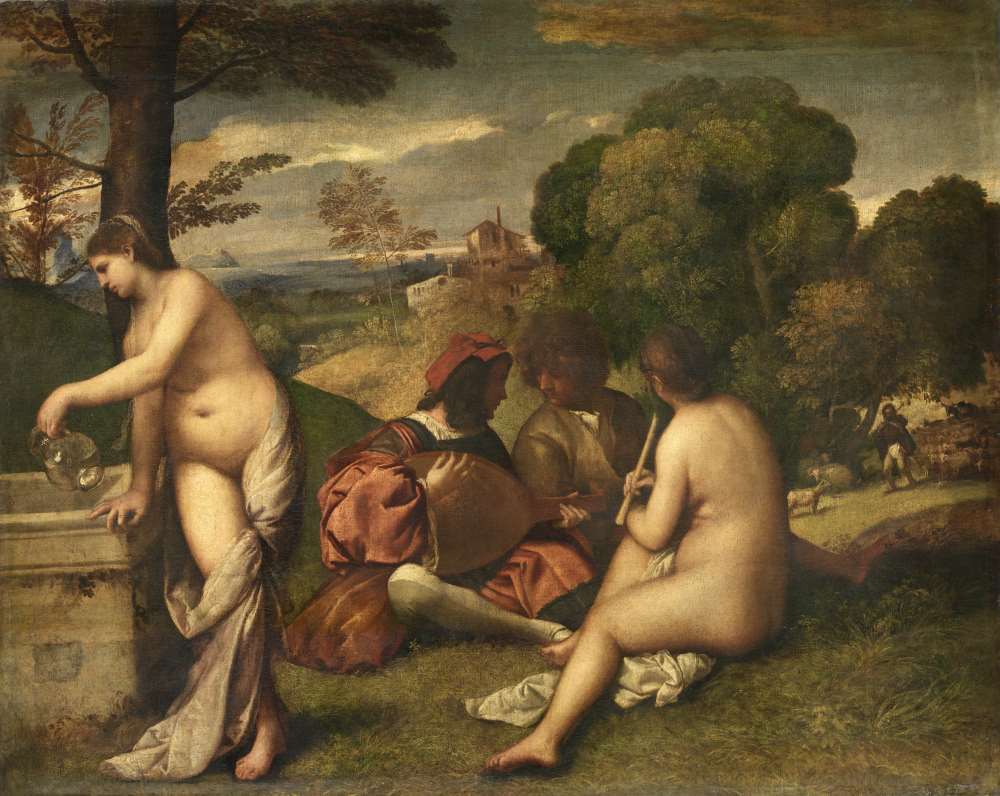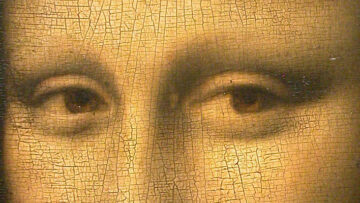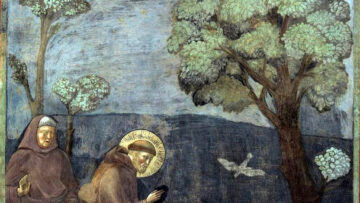5 Masterpieces in Art History: #3
Selected by ART Driven Tokyo

The Luncheon on the Grass 1863
The whisper of grass.
The light of early summer.
In the quiet forest,
everything seems peaceful.
And yet, the woman in the painting
looks straight at us.
Her naked body tore through the course of history.
What’s so striking about this gaze?
Édouard Manet’s Luncheon on the Grass (1863) is considered a watershed in the history of modern French painting.
What made this painting revolutionary?
What lies behind the bold gaze of the nude woman?
In the background, a woman bathes; in the foreground, two clothed men sit with a naked woman.
This composition was a full-blown scandal by the standards of the time.
Above all, the scandal was that the nude woman was clearly a “real modern person” who had taken off her clothes.
The model was Victorine Meurent, Manet’s longtime muse.

Le Concert champêtre c.1509
The motif itself draws on classical sources.
Manet was referencing Titian’s Pastoral Concert.
However, in Titian’s work, the nude women are draped with fabrics befitting goddesses.
As long as a woman was portrayed as a goddess, nudity was acceptable.
But Manet did not dress Meurent in mythological garb.
While acknowledging classical tradition, he placed a modern figure within it—throwing down the gauntlet to the history of art itself.
Rejecting perspective—A deliberate sense of dissonance
Manet, deeply influenced by the flat aesthetic of Japanese ukiyo-e prints, abandoned the Western linear perspective.
The composition of the background and figures in Luncheon on the Grass appears unnatural by the standards of classical Western art.
Though the subject is classical, the disregard for perspective and the somewhat flattened, Eastern-inspired layout jolts the viewer with a sense of visual disruption.
This strangeness was intentional.
Rather than follow the formal beauty of classical painting, Manet pursued a modern visual language.
The painting was rejected by the official Salon of 1863.
It was shown in the alternative “Salon des Refusés” (Exhibition of the Rejected), where it was harshly criticized.
Yet it was precisely this criticism that heralded the arrival of a new era.
Manet’s bold experiment would eventually pave the way for Impressionism and irreversibly alter the trajectory of 19th-century art.
Luncheon on the Grass is not simply a provocative work.
It simultaneously respects and dismantles tradition, always seeking to present humanity with a new vision of beauty.
Its pursuit of free expression, unshackled by convention, is embedded in every detail.
This gaze still pierces us today because Manet’s spirit of artistic experimentation never fades, no matter the age.
ART Driven Tokyo’s “5 Masterpieces in Art History” series. Please also read these articles!



